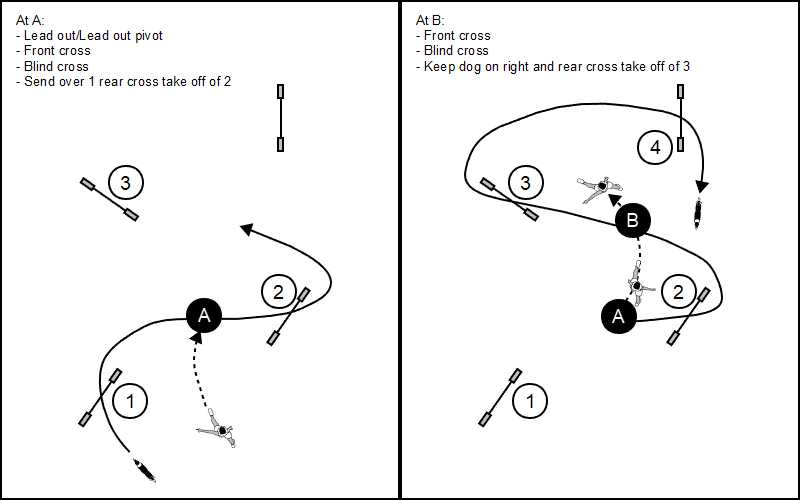Backyard Mastery - All the Crosses
28 Feb 2021
My goal for Backyard Mastery is to help you get the most training out of any sequence you set up in your back yard. Think of it as wringing every possible challenge out of every course.
In previous Backyard Mastery articles I’ve said you should try all the handling approaches you can think of. This month I’ll show you how to do that at every place you cross on a course.
The idea is simple; at every cross ask yourself: “how would I handle that with a front cross, blind cross and rear cross?” Figure out how you’d execute each and then DO IT! Yes, they all might not be the best ways to handle that section, but you want to build your skills! Once you get in the habit of doing this it completely changes your training mindset.
Setup
Here’s the obstacle set up for a minimum of a 40 ft x 50 ft (12 m x 15 m) space. If you have more space spread out the obstacles to increase your speed and the challenges.
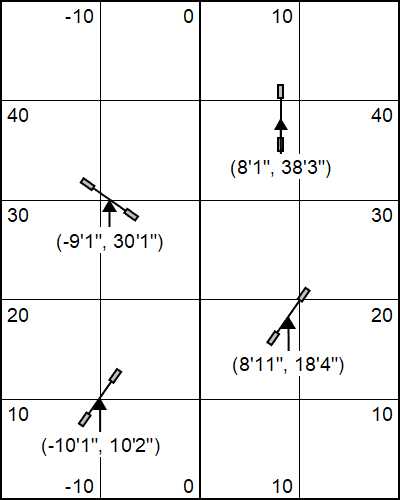
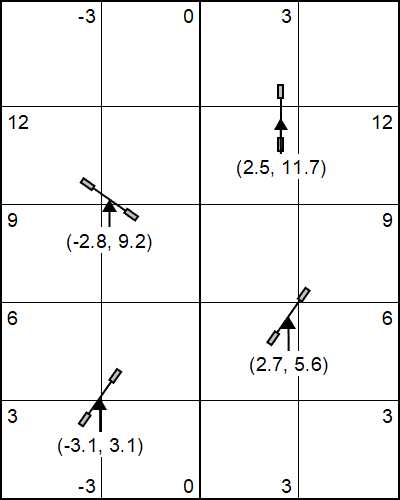
Discussion
How would you handle the first three obstacles of this sequence?
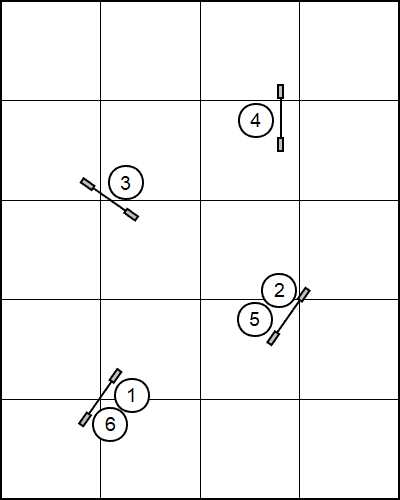
Without a lead out, the dog starts out on your left and you turn the dog right over jump 1 and then change the dog’s lead so the dog can turn left over jump 2:
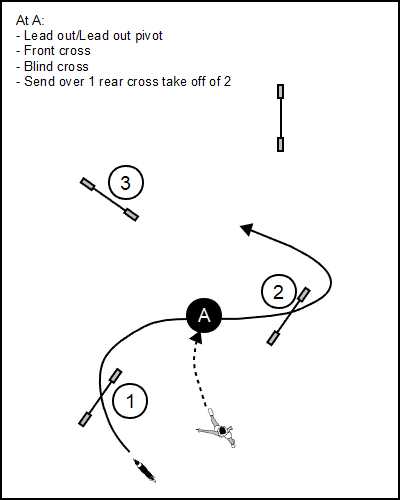
A Front Cross Learning the Front Cross - VideoFront Cross or Blind Cross would be placed at about the location marked by the letter A in the diagram. For the rear cross the handler would send the dog to jump 1 and then put the rear cross on the take-off side of jump 2 closer to the jump than the letter A to give a tight wrap of the jump. You can almost always replace the first cross on a course with a lead out or lead out pivot.
That gives you four ways to handle the first cross in the diagram and you should practice all four ways!
Here are the options for handling from jumps 2 to 3:

You can front or blind cross at B, putting the dog on your left on the approach to jump 3. Or you can keep the dog on your right after 2 and rear cross the take-off side of 3 and pick up the dog on your left after the jump. That’s all three crosses between jumps 2 and 3. Again, you should practice all three ways!
Now can you do all the permutations of handling at A and B? A rear cross at A to a blind cross at B will mean being patient at jump 2 to cue a tight wrap and then accelerating to get a timely blind cross. Working these combinations of crosses is great practice!
For dogs that don’t drive forward or prefer you to be ahead you may want to work the rear cross variations first while they are fresh and you can reward driving forward with toys or treats.
Here’s one more cross-related training trick: putting a cross in just to take it out. This is a technique I use in training though rarely in competition. It can be a great way to keep you moving and motivate your dog while you work on perfecting all your crosses. It also prepares you if you ever end up on the wrong side of your dog during a run!
Here it is in action:

In the diagram above, after jump 3 the dog would be on the handler’s left. But if you blind or front cross again at jump 3 your dog would be on your right on the way to jump 4. Then you’d have to rear cross the take-off of jump 4 to turn your dog, putting her on your left for the closing line of jumps. So, you “put in a blind or front cross” only to “take out that cross” at the next jump.
Have we gotten all that we can out of this course?
Many handlers would complete this sequence with their dog on their left through jumps 5-6. Could you do all three crosses between jumps 5 and 6? Hustling to get the front or blind cross between 5 and 6 might be challenging for you but it could also speed up your dog at the end of the course.
That’s what I mean by “wringing every possible challenge out of every course”!
I’ve created some more sequences that will let you try out all the crosses, and combinations of crosses. In the final three sequences there are serpentines Serpentine Handling TechniquesSerpentine Sequence, which can often be handled without any crosses. Can you think up ways to use the different types of crosses on those sequences?
The Sequences
Let’s get to work! Download a PDF of all the sequences on a single page.
If you enjoyed this article won't you please:  Thanks!
Thanks!
